Dunfermline Athletic were rocked on Thursday by the news that German consortium DAFC Fussball GmbH were seeking to sell their shareholding in the Championship club.
The investment group have effectively been controlling the purse strings at the Fife club since August 2020, overseeing a tumultuous period spanning the Covid crisis, relegation and a League One title win.
However, they have been the subject of fan ire in recent months over a perceived lack of backing for manager James McPake, particularly after a six-figure sum was banked for Josh Edwards’ switch to Charlton Athletic.
And, tacitly hitting out at supporter impatience, DAFC Fussball GmbH confirmed they would make their stake in the club available for purchase – predicting that “there will be no shortage of interest in the club”.
Here, Courier Sport examines some of the big questions emanating from a bombshell afternoon at East End Park, from the ownership structure to budget ramifications.
Do DAFC Fussball GmbH own Dunfermline Athletic and East End Park?
This would seem a crucial point to clarify amid all the talk of the Pars “owners” looking to sell up.
DAFC Fussball GmbH are NOT the majority shareholders of Dunfermline Athletic.
They own the same 30% of the club that they purchased in August 2020.
That came with an agreement to increase their stake to 75.1% at an undetermined point in the future.
However, in January 2022, the group confirmed that they would not be increasing their stake at that stage. Instead, they injected a six-figure sum into the club in the form of a Convertible Loan Note (CLN).
Simplistically, the CLN was an unsecured, interest free loan that can be converted into new shares at any point within five years, potentially allowing DAFC Fussball GmbH to take an 80% controlling stake in the club.
As such, they COULD take up a majority stake prior to selling up.
Sources at Dunfermline have had no indication that DAFC Fussball GmbH will pursue that option, albeit directors have been somewhat blindsided by recent events so it is impossible to rule out.
Pars United CIC Ltd (PUCIC) remain the club’s majority shareholders at 66.22%.
East End Park is also under the umbrella of PUCIC, rather than DAFC Fussball GmbH.
Is Dunfermline Athletic an attractive proposition for investment?
As with every club in Scotland, that is not an easy question to answer – and, in the context of all businesses, the answer is probably no. The same goes for any football club in this country.
How many are churning out a profit?
The most recent published accounts for the year ending May 2023 showed a loss of £1,039,907.
Despite that seven-figure deficit, purely in the context of SPFL clubs, Dunfermline DO have plenty of selling points – and many of those owe much to DAFC Fussball GmbH, which should be noted amid a somewhat messy divorce.
The Pars’ dedicated training base in Rosyth – which would have been impossible without external investment – will provide a dedicated home for senior players, academy prospects and the club’s community endeavours for years to come.
The average home league attendance of 5,444 last term was the 10th largest in Scotland, only behind Dundee United in the Championship, and more than St Johnstone, Ross County and Livingston in the Premiership.
A sizable fanbase is ready to be engaged.
A young, talented squad has been assembled.
The likes of Ewan Otoo, Kane Ritchie-Hosler, Lewis McCann, Sam Fisher and Matty Todd among those who could follow in the footsteps of Josh Edwards by banking Dunfermline a healthy sum in the fulness of time.
No investment in Scottish football is risk-free.
Cynics might suggest it is generally doomed.
But there are building blocks in place on the Halbeath Road.
Will this news effect James McPake’s budget?
“At a board meeting held on Monday 12 August, resources have been made available to the management team to make sensible additions both by way of signings and by way of the now gradually active loan market.”
That will be music to the ears of McPake, who – while watching his Championship rivals strengthen – has been forced to work with modest resources in the opening weeks of the campaign.
There was a degree of irony that DAFC Fussball GmbH confirmed this fact within a statement that so thoroughly lamented the demands for investment in the first team. In the end, it seemed they agreed.
So, on the face if it, this week’s dramatic news shouldn’t derail recruitment plans.
However, should some wiggle room be required in the budget – not an uncommon request at clubs, should the perfect opportunity present itself – one suspects that will be a difficult conversation.
Are the consortium’s criticisms fair?
It’s not us, it’s you.
That was the undertone to much of DAFC Fussball GmbH’s 1,526-word statement on Thursday evening, with the consortium expressing a barely concealed dissatisfaction at a perceived demand for investment in players.
One section noted: “Many seem to prefer an investor who has deep pockets to throw at the first team and try for the best over and over again each season.
“We said from the start that we are not this kind of investor and therefore have detected an increasing disappointment in our approach. Perhaps, therefore, we are not the right kind of investor in the eyes of many at the club.”
Elsewhere, it read: “The knee-jerk reaction to call for more spending is not a model we stand for.”
This would seem an unfair characterisation.
There has been very little “knee-jerk” about the Pars fans’ desire to see the first team group strengthened; the need for quality and depth in several areas has been blatantly obvious for several weeks.
McPake has, at various points, noted it. As has captain Kyle Benedictus.
The belief that a club the size of Dunfermline Athletic should have two senior goalkeepers on its books is not a response to a couple of defeats; it’s common sense. It doesn’t represent entitlement or impatience.
In the past, the group’s complaints have held more water. Some of the protests during the tenure of Peter Grant, for example, did go over the score. Similarly, the abuse former chairman Ross McArthur endured from a minority was unacceptable.
However, these latest grievances ring hollow.
Could the news galvanise supporters?
As alluded to in the point above, the relationship between investors and fans had become increasingly fractious in recent weeks.
Anger and acrimony are not a healthy backdrop for McPake and his players.
While that has now been replaced by uncertainty – whether that is any better is up for debate – supporters who wanted change in the boardroom can now see light at the end of the tunnel.
That may create a degree of positivity and optimism following a tough start to the season. Or perhaps a siege mentality.
Dunfermline fans have always stepped up at times of need and, while this situation is NOT akin to the descent to administration in 2013, their support of the team will again be crucial during what could be a bumpy period.
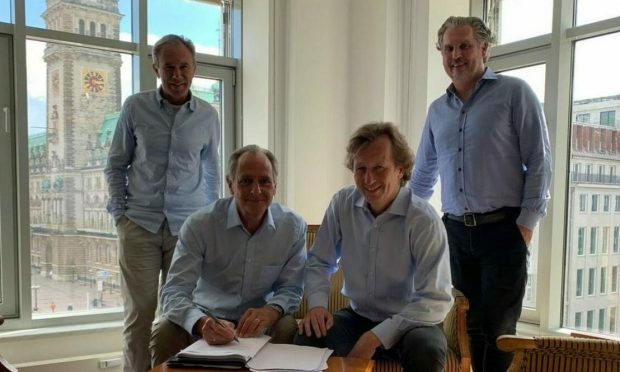
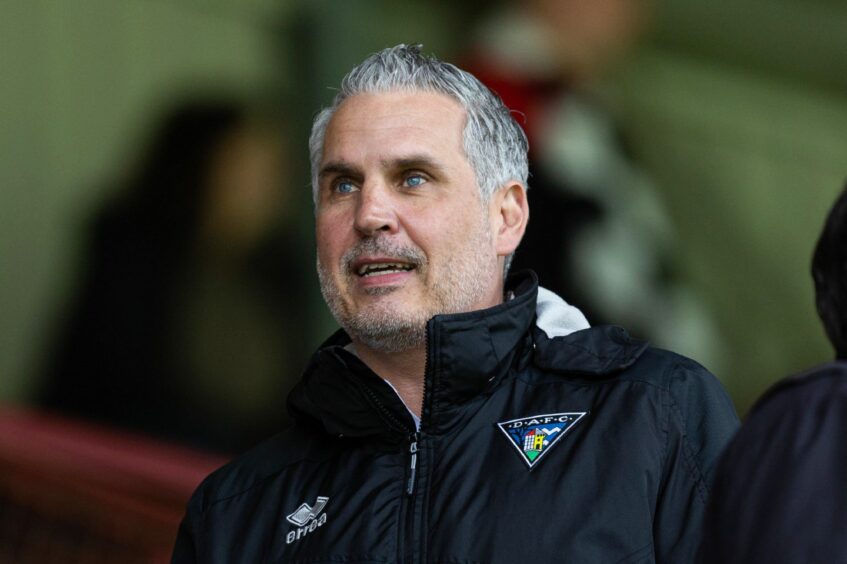
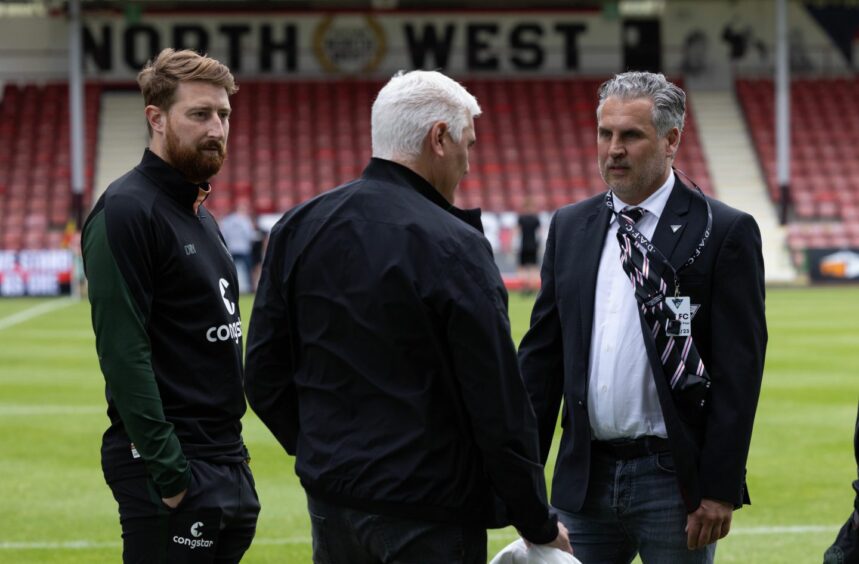
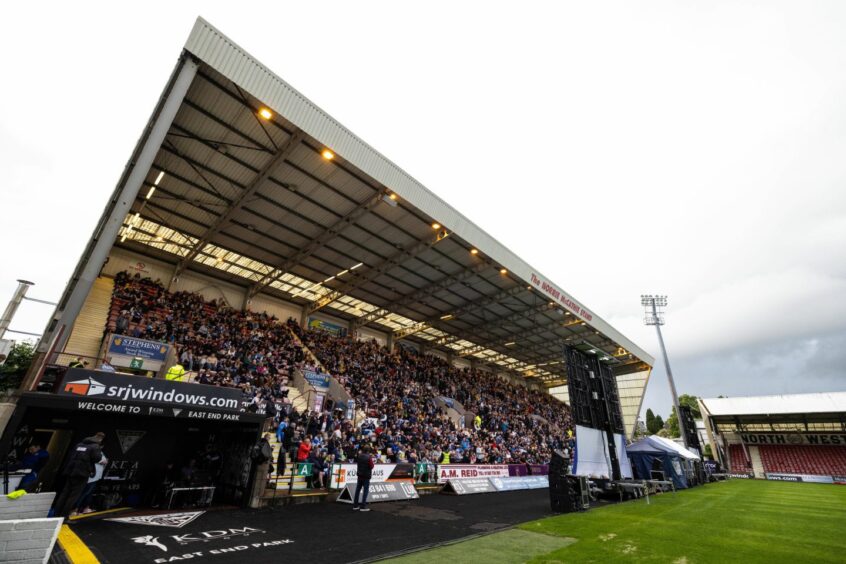
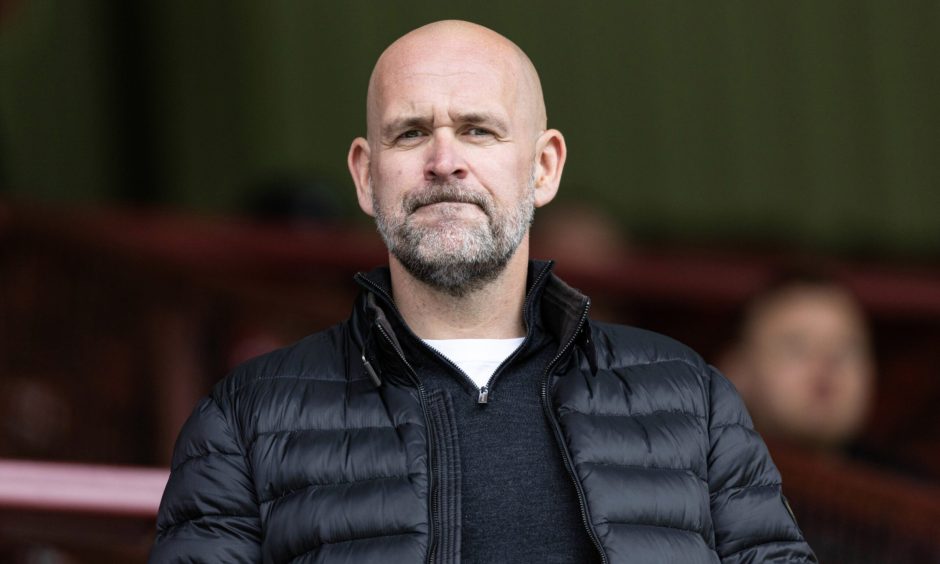
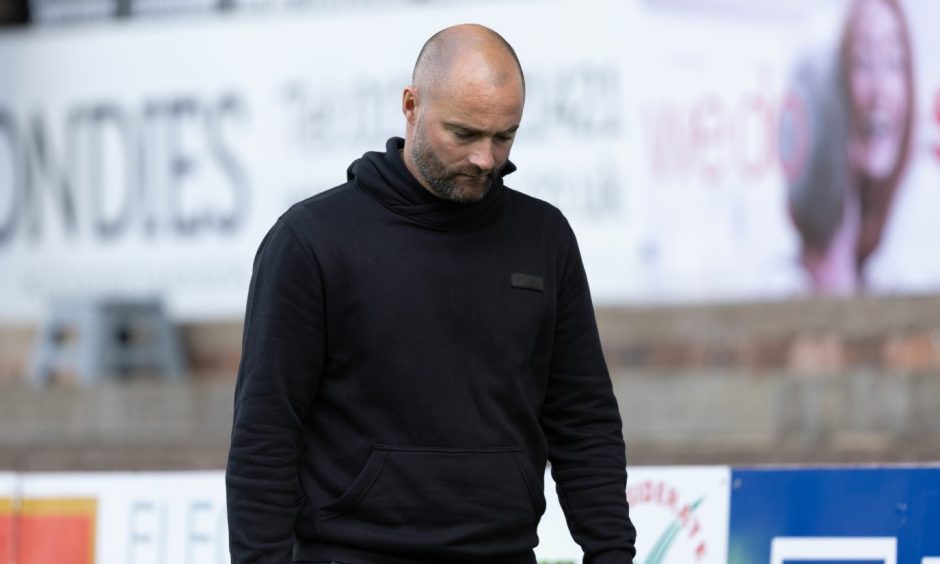
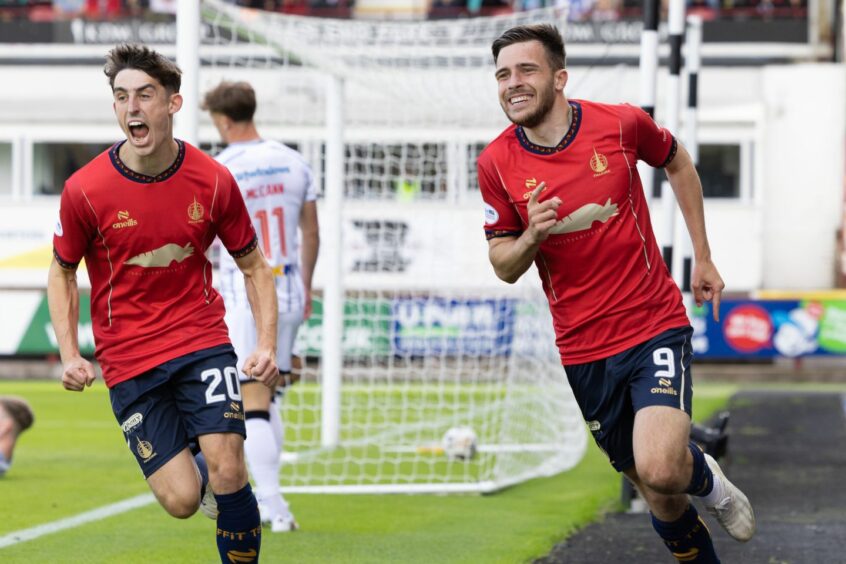
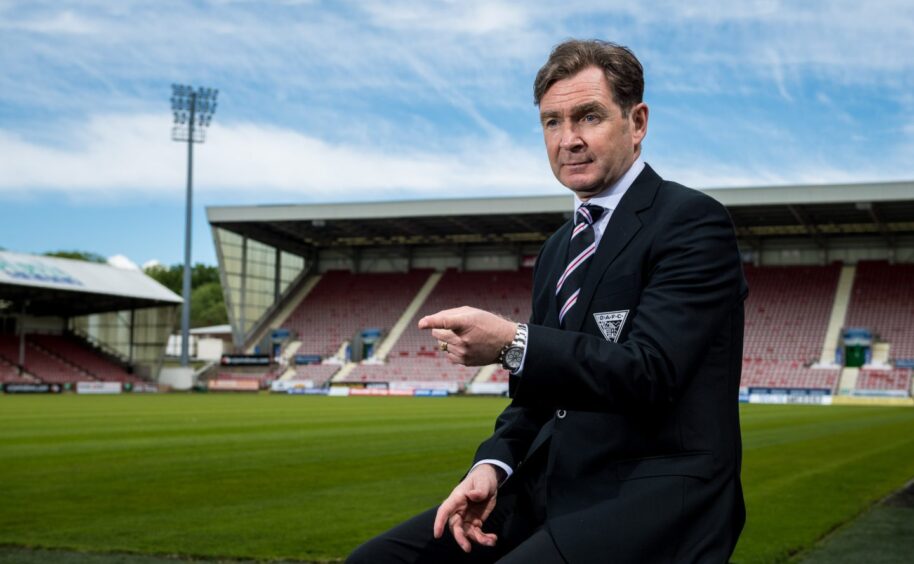
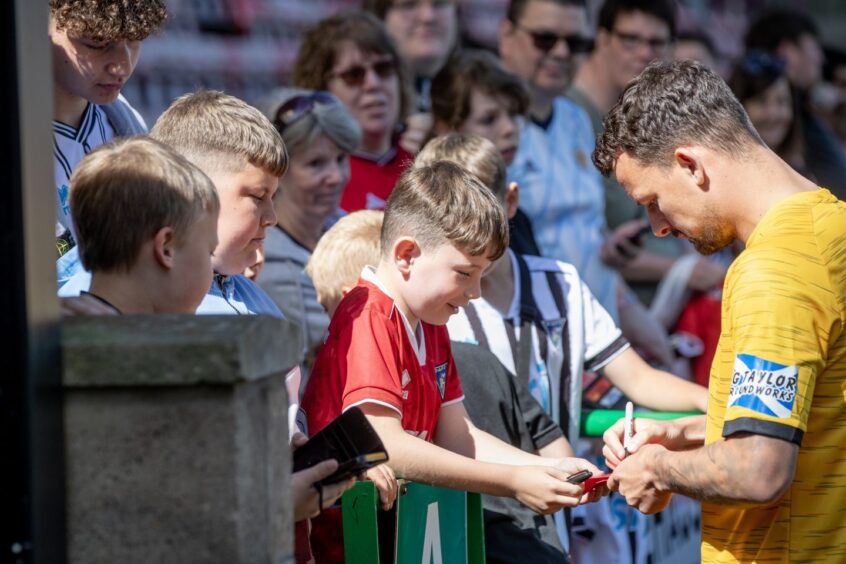
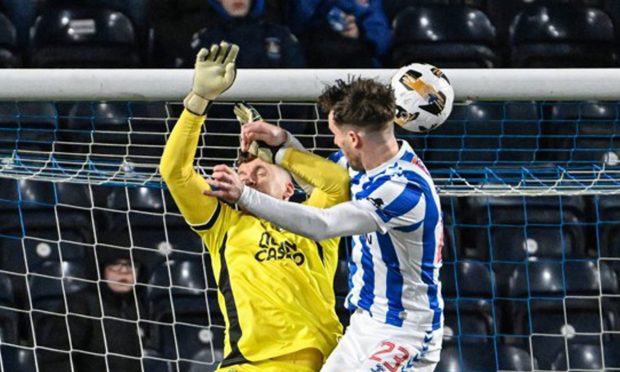
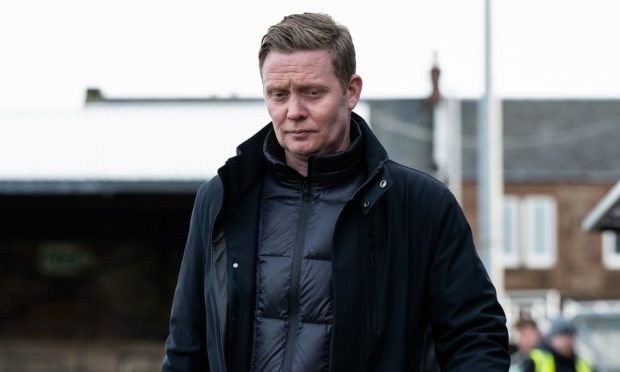
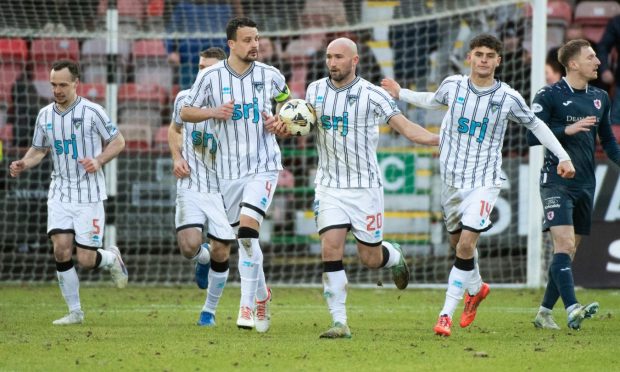
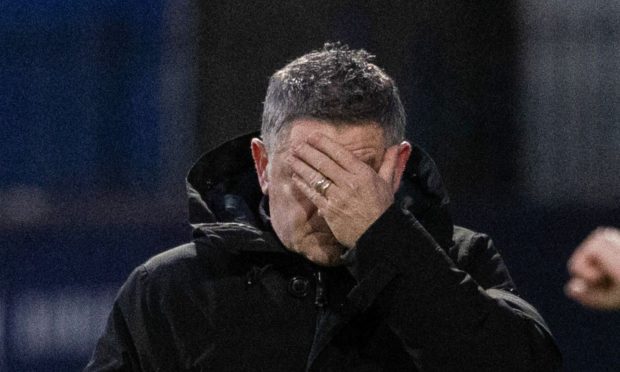
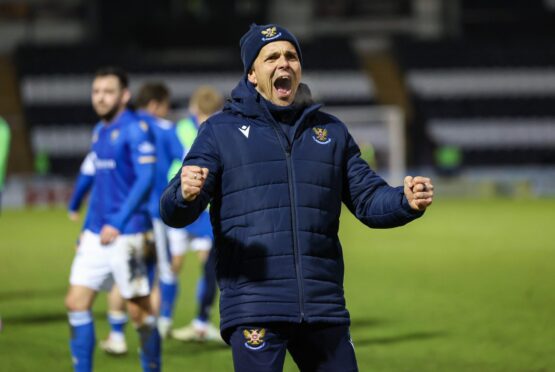
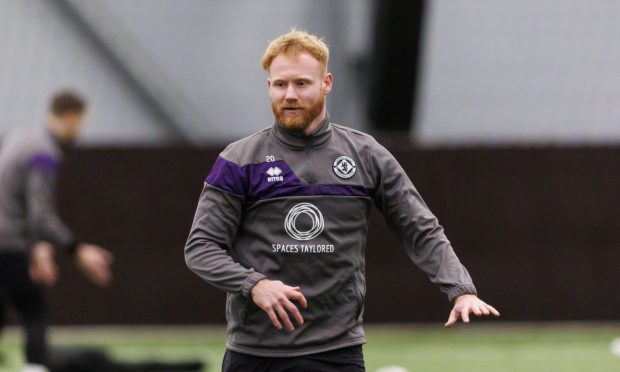
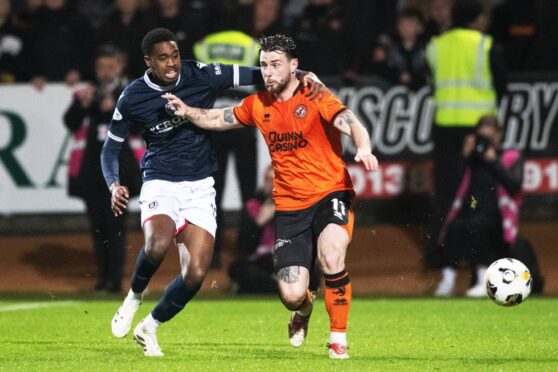
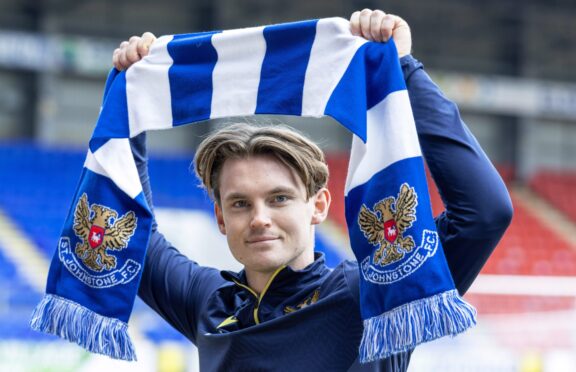
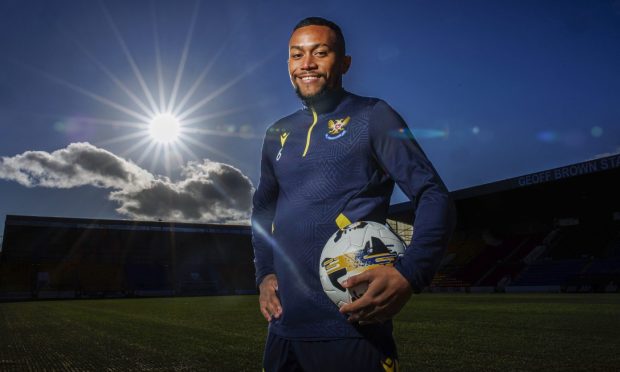
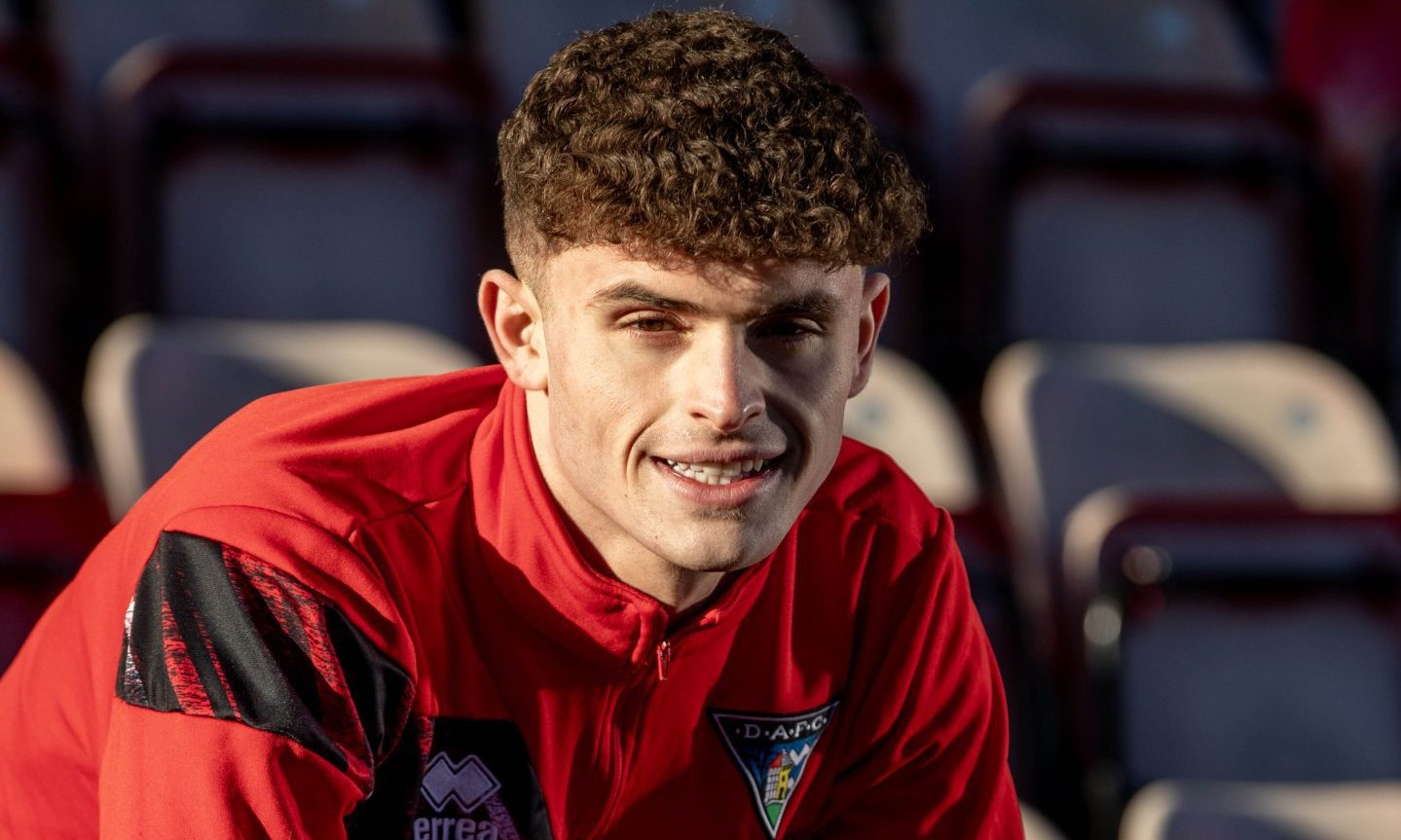
Conversation